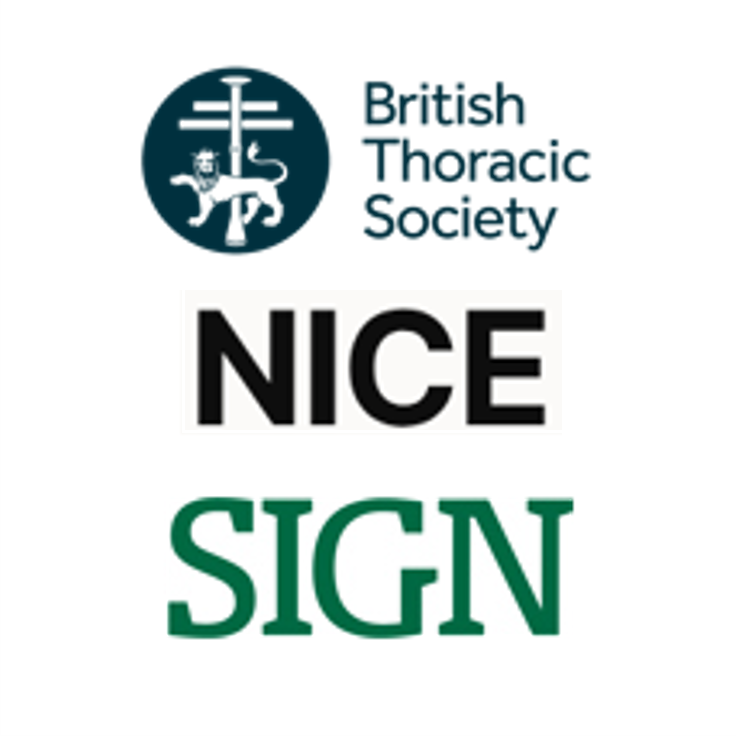Why the committee made the recommendation
The committee looked at evidence comparing the use of digital smart inhalers with usual care and with digital inhalers with the feedback utility switched off. The trials included both children and adults with asthma, and a variety of types of inhaler. The evidence showed improvement in adherence to treatment with digital inhalers but this did not result in significant improvement in measures of asthma control. In addition, there was an unexplained increase in hospital admissions among people using digital inhalers when compared with usual care. The participants in the contributing trials varied considerably in terms of baseline adherence and asthma control, and benefit was generally more likely in the studies of people with poorer baseline values.
Digital inhalers are more expensive than conventional devices, partly because of the device itself and partly because of the set-up and monitoring requirements. The committee concluded that digital inhalers are not a cost-effective option for routine use in asthma. However, they are potentially valuable in selected people with asthma, for example those in whom the need for biologic therapy is being considered and there is a need to confirm good adherence. Further research is needed to identify more precisely the people and the circumstances in which they might be used.
How the recommendation might affect practice
Digital inhalers are not recommended for routine use in the NHS, and this is in line with current practice.
Full details of the evidence and the committee’s discussion are in evidence review R: smart inhalers.
